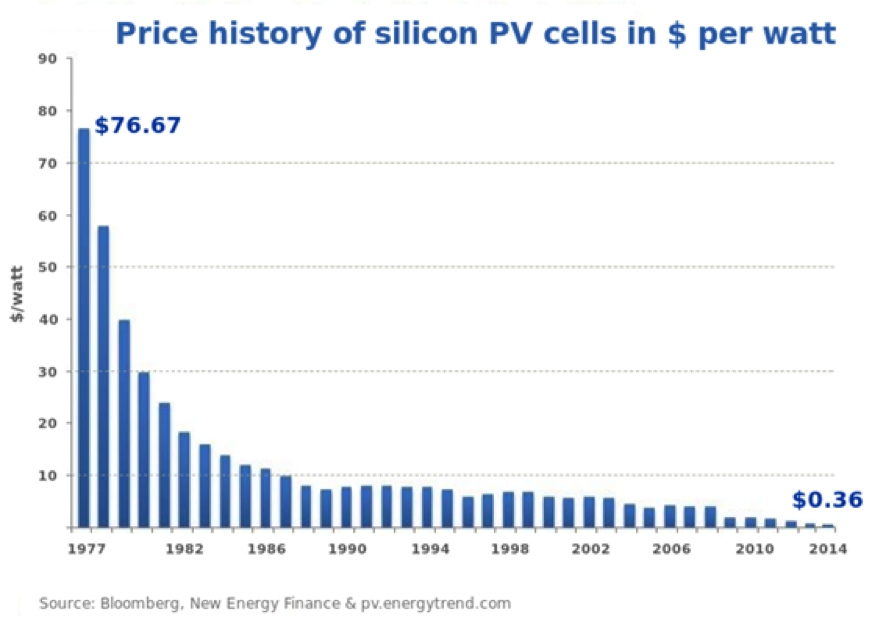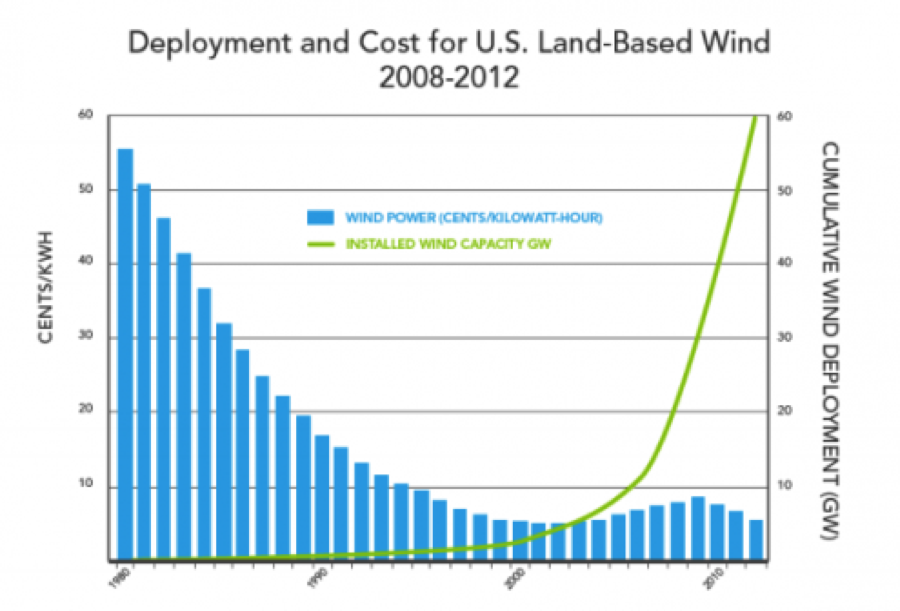by Rachael Moreland
(This post is part of a series by the Second Nature team about why we do what we do.)
In 2012, as a part of the Environmental Studies curriculum at Northeastern University, I enrolled in a course called, ‘Environment and Society’ which delved into the environmental injustices experienced by under-resourced and minority populations throughout the world. Prior to taking this class, I was struggling to find a deep connection to my major. I always found Environmental Studies to be an interesting topic, but I never felt passionate about the subject. Little did I know that my entire perspective would change after taking this course. The environmental consequences and health disparities experienced by the effected populations, for reasons that could have been prevented, made me sick to my stomach. Throughout the semester, my desire to help this cause increased enormously. I had developed a purpose and started drawing out my future plans.
The following semester, I enrolled in the course, ‘Sustainable Development.’ This course led me to discover Dr. Daniel Nocera’s invention, the ‘Artificial Leaf,’ a unique design of the hydrogen fuel cell for cleaner and cheaper energy production, inspired by the naturally occurring process in plants—photosynthesis. Not only was the engineering behind this design intriguing, but I also found Dr. Nocera’s overall goal of mass-producing these devices in order to aid developing countries to be inspiring. However, understanding the exact mechanics behind this device proved to be challenging to a student of soft sciences. At this point of my undergraduate career, I started toying with the idea of going to grad school to study renewable energy systems in order to gain that deeper understanding that I so desired.
Read more

